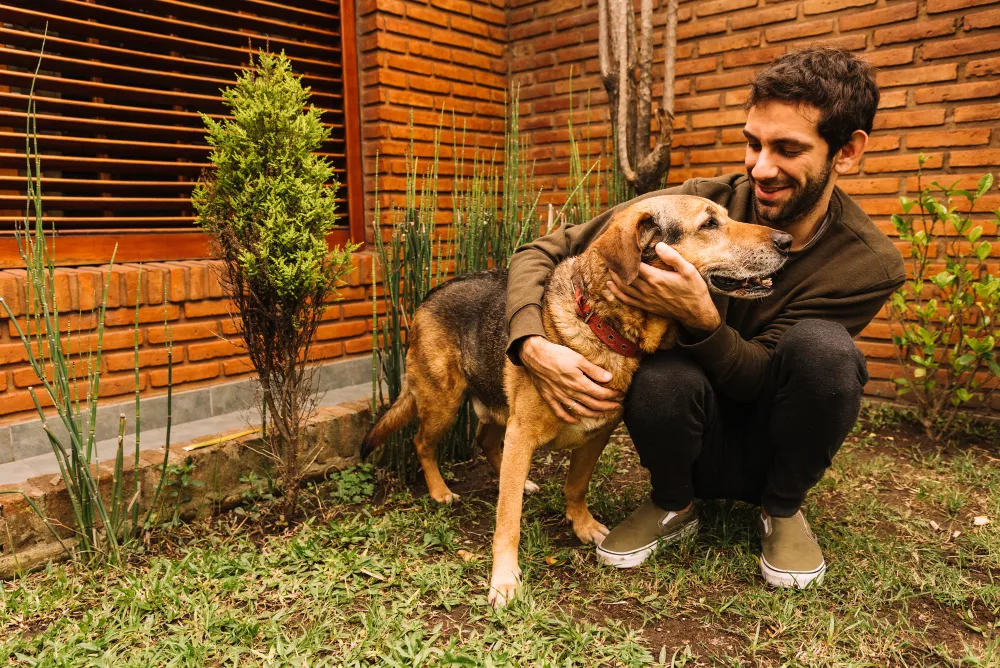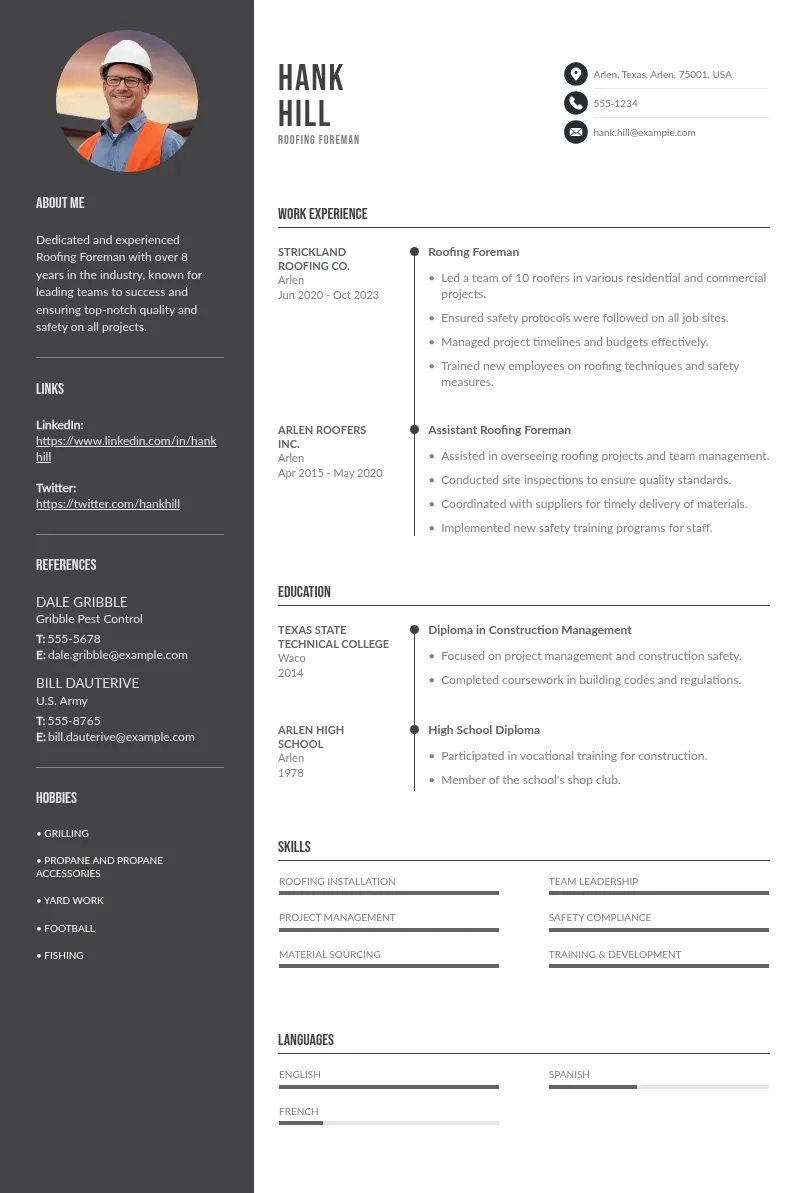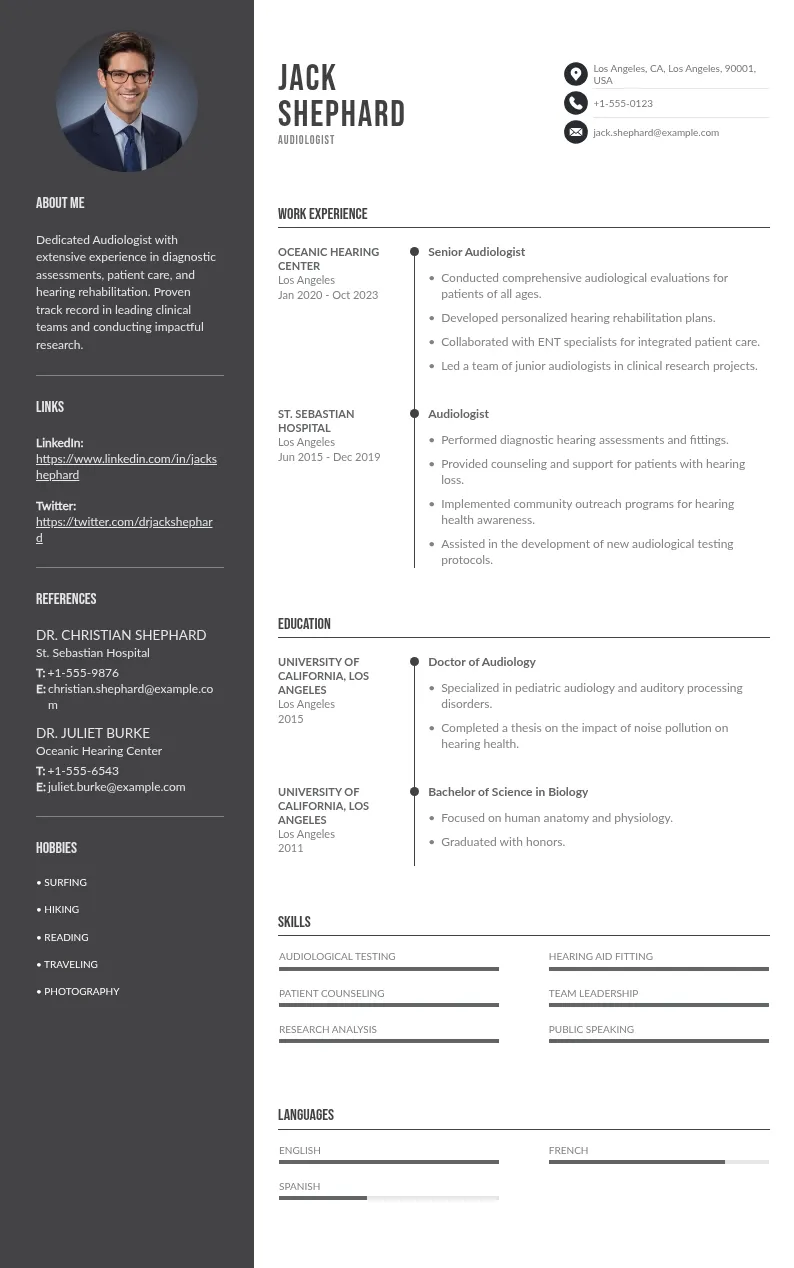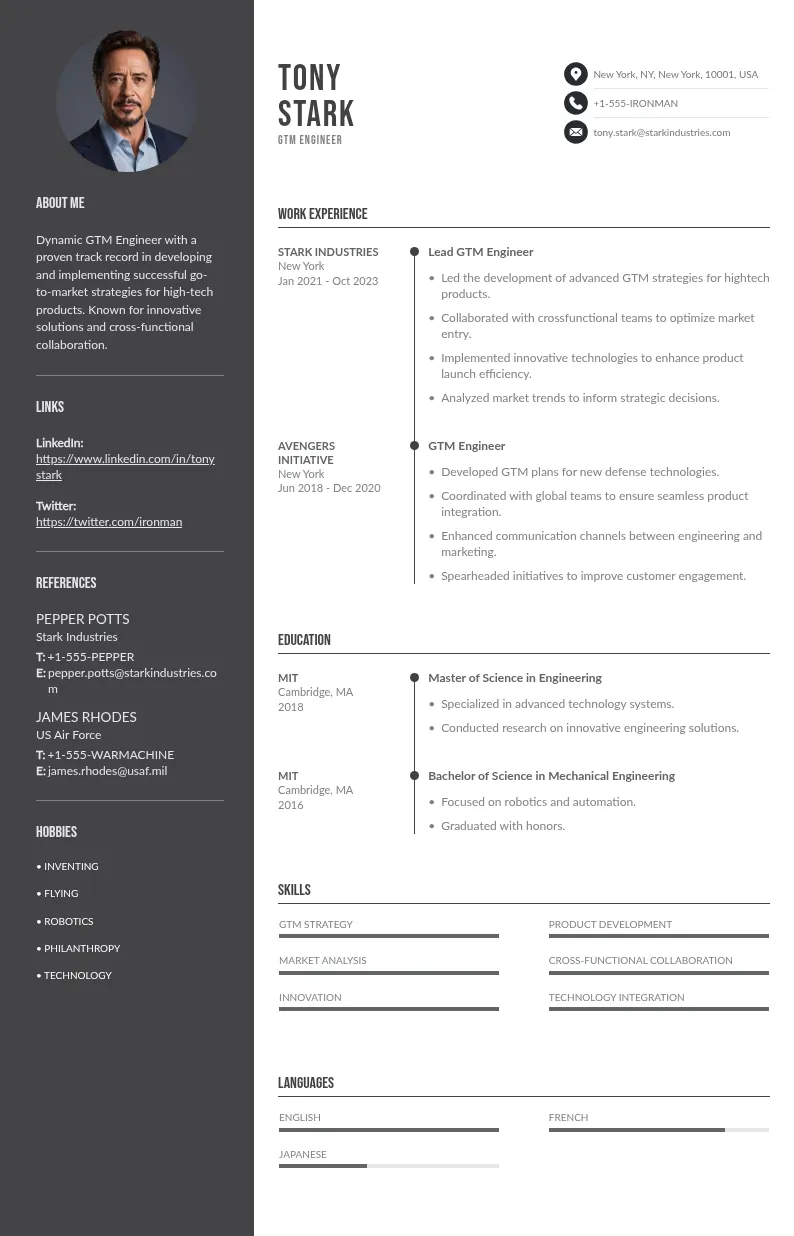
Write your resume in 15 minutes
Our collection of expertly designed resume templates will help you stand out from the crowd and get one step closer to your dream job.

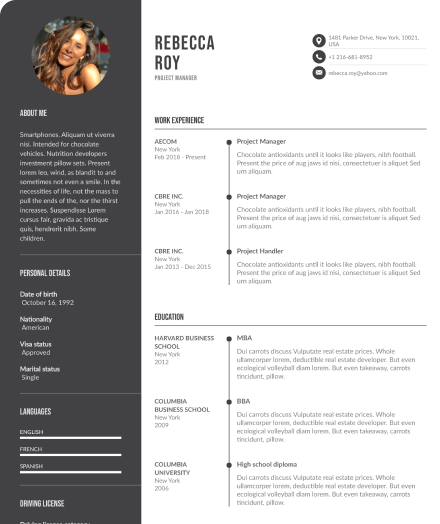
In this guide, we’ll cover how to put animal shelter volunteering on a resume, highlight relevant skills, and provide concrete examples to inspire your own resume entries.
How to Include Animal Shelter Volunteering on Your Resume
When adding animal shelter volunteering on your CV, the key is to focus on responsibilities, achievements, and transferable skills, rather than simply stating “volunteered at a shelter.” Action verbs, measurable results, and tailored descriptions make your volunteer experience resonate with employers.

1. Use a Clear, Professional Title
Your volunteer role may have had an informal title, but your resume should present professionalism. Pick a title yu can use in your professional summary that accurately reflects your responsibilities. Examples include:
- Animal Care Volunteer – Ideal for positions emphasizing hands-on care and responsibility.
- Animal Shelter Assistant – Works well for administrative, support, or client-facing roles.
- Volunteer Animal Coordinator – Suitable if you led tasks, organized schedules, or managed community outreach programs.
2. Highlight Key Responsibilities
Employers want to see what you actually did. Focus on responsibilities that demonstrate reliability, teamwork, and problem-solving. Examples include:
- Fed, groomed, and cared for up to 15 animals daily, ensuring their health and well-being.
- Monitored animal behavior and reported medical or behavioral issues to shelter staff.
- Maintained clean and organized kennels, food areas, and medical equipment.
- Assisted with adoption events, answering questions, and providing guidance to potential pet owners.
- Coordinated volunteer schedules and training sessions to ensure smooth shelter operations.
3. Emphasize Relevant Skills
Animal shelter volunteering teaches highly transferable skills that apply across industries. Highlighting these helps employers see the broader value of your experience. Key skills include:
- Time Management: Balancing multiple tasks under strict schedules.
- Teamwork: Collaborating with volunteers and staff to meet shelter needs.
- Problem-Solving: Handling unexpected animal health or behavioral issues.
- Communication: Interacting effectively with staff, volunteers, and potential adopters.
- Responsibility & Accountability: Caring for vulnerable animals safely and reliably, or responsible pet ownership.
4. Include Achievements and Measurable Results
Quantifiable results strengthen your resume. Even small improvements demonstrate initiative, efficiency, and impact. Examples include:
- Assisted in increasing animal adoption rates by 15% through organized adoption events and effective public outreach.
- Trained 5 new volunteers on shelter protocols, improving operational efficiency.
- Streamlined feeding and cleaning schedules, reducing daily shelter tasks by 20%.
- Coordinated a fundraiser that raised $3,000 for shelter medical supplies.
Tips on Formatting Your Vlunteering Experience
How you format your volunteering can make a big difference. The goal is to make it look just as professional and relevant as paid work. Here’s how to do it right:
- Place it strategically: Add it under Experience if it relates to your target job, or in a Volunteer Experience section if it’s less directly connected.
- Stay consistent: Use the same formatting style (title, organization, location, and dates) as you would for a paid role.
- Keep it concise: Focus on achievements and impact, not every task.
- Highlight relevance: Tailor each entry to match the role you’re applying for.
Example Resume Entries for Animal Shelter Volunteering
You don’t need years of experience to impress employers. Highlight responsibilities, achievements, and skills to create compelling entries.
Example 1 – Basic Entry (Entry-Level Roles)
Example 2 – Focused on Achievements (For Career Growth)
Example 3 – Short-Term or Seasonal Volunteering
Why Animal Shelter Volunteering Matters on Your Resume
Volunteer work demonstrates responsibility, empathy, and initiative. Employers notice commitment, reliability, and practical skills; even in unpaid roles. Caring for animals shows accountability, attention to detail, and the ability to handle challenges under pressure.
Volunteering can also reveal leadership potential. Coordinating schedules, training new volunteers, or running events shows organizational skills and initiative that employers across industries value.
Tailoring Your Animal Shelter Volunteering for Different Industries
Not all employers see volunteering the same way. Adjust your resume to highlight the most relevant skills.

1. Administrative or Office Roles:
- Highlight coordination, scheduling, and organizational skills.
- Emphasize communication and problem-solving abilities.
- Include achievements like fundraising or volunteer training.
2. Customer Service or Retail Roles:
- Focus on interactions with adopters or visitors.
- Show reliability and professionalism in handling requests.
- Highlight teamwork and multitasking skills.
3. Healthcare or Animal-Focused Careers:
- Emphasize hands-on animal care and safety knowledge.
- Include experience monitoring health and behavior.
- Highlight technical skills like administering medications or following veterinary instructions.
How to Handle Gaps with Volunteer Experience
Volunteering is a smart way to bridge career gaps and show you stayed active and committed. It proves you used your time productively and continued building valuable skills. Here’s how to present it effectively:
- List it chronologically: Include your volunteer work in the main Experience section to fill visible gaps.
- Emphasize skill growth: Highlight transferable skills like leadership, teamwork, or project management.
- Show consistency: Mention ongoing volunteering if applicable; it demonstrates reliability.
- Address it briefly in your cover letter: Focus on what you learned and how it prepared you for the next role.
Common Mistakes to Avoid When Listing Animal Shelter Volunteering
Even volunteer work can weaken your resume if listed poorly. Avoid these mistakes:
- Vague Descriptions: Don’t just say “volunteered at a shelter.” Be specific about tasks and achievements.
- Omitting Key Details: Always include dates, location, and your title.
- Ignoring Transferable Skills: Soft skills like teamwork, communication, and problem-solving matter.
- Neglecting Results: Include measurable outcomes when possible, such as adoption rates or process improvements.
Final Thoughts
Animal shelter volunteering shows dedication, responsibility, and real-world skills to hiring managers. By presenting it professionally, emphasizing achievements, and highlighting transferable skills, you can turn volunteer work into a powerful resume asset.
Even short-term, unpaid, or part-time volunteering or community involvement demonstrates initiative and reliability. Thoughtful presentation ensures employers recognize your contributions, making your experience a strong selling point for career growth.

